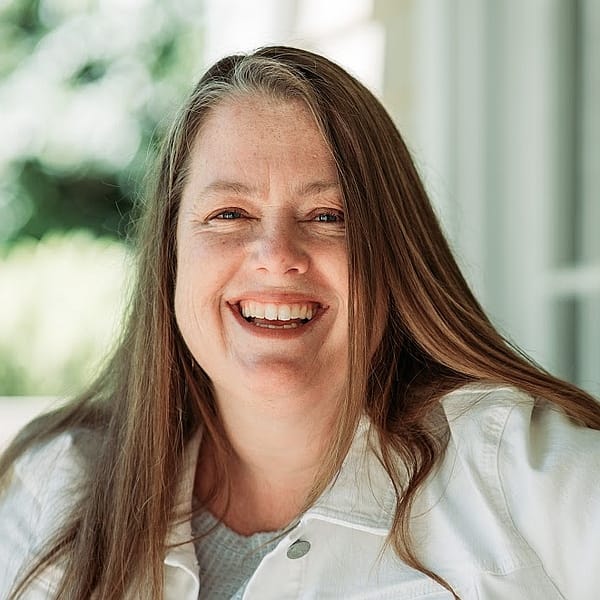Understanding the complexities of social communication disorder is important because some of its symptoms mimic autism. One of the distinct differences, however, is that the signs of autism can be missed when someone is a child. For a diagnosis of social communication disorder, a child must have shown symptoms from an early age.
Social communication disorder is a relatively new diagnosis; previously, children were misdiagnosed as having autism.
How to know if it is autism or social communication disorder
While autism spectrum disorder may include some difficulties with communication, it also includes repetitive patterns. Social communication disorder is marked more by the inability to understand nuanced forms of communication and storytelling.
While a diagnosis of SCD must be made by a trained speech and language therapist, autism spectrum disorder must be ruled out first. A child must see a psychologist to ensure the symptoms they are showing are not part of a spectrum disorder.
Autism spectrum disorder characteristics differ depending on the person. Some common ones include:
- Communicating differently than others.
- Being exceptionally good at problem-solving or finding solutions that others miss.
- A tendency to grasp structured systems-related understanding easily – such as computers or the mathematical patterns in music.
- Challenges with adaptation to change.
On the other hand, social communication disorder is primarily characterized by struggles with verbal and nonverbal communication.
Someone with SCD may find it difficult:
- To understand gestures in social contexts.
- To understand implied meanings that are not explicitly stated.
- To recognize nonverbal communication or tone in a social setting.
- To work in a group, especially if the instructions are not clearly communicated verbally or leave some room for interpretation.
- To tell stories or follow along as someone else tells a story.
- To share what they know with others.
- To greet someone appropriately for the social context.
- To make friends and relate with peers.
How do treatments for social communication disorder differ from autism?
 Therapy for SCD is based entirely on social contexts and nonverbal and verbal communication. Someone with social communication disorder may be in a therapeutic peer group to help them understand social cues, but they also may participate in speech therapy.
Therapy for SCD is based entirely on social contexts and nonverbal and verbal communication. Someone with social communication disorder may be in a therapeutic peer group to help them understand social cues, but they also may participate in speech therapy.
Autism therapies are more wide-ranging and are tailored to the person’s ASD diagnosis. Someone with ASD may need occupational therapy to help them understand their environment and how to cope with sensory challenges. Depending on if they have other diagnoses, someone with ASD may also need therapy for challenging behaviors related to their environment or expression of their needs.
How is social communication disorder diagnosed?
SCD is diagnosed after a variety of assessments, including everything from parent feedback to teacher input and peer interaction responses. Anyone with a suspected communication challenge will be given a comprehensive speech and language evaluation.
This is often the first step to an accurate diagnosis. Other screenings may include hearing to make sure a child doesn’t have hearing problems and that’s why communication is difficult.
What symptoms should parents and teachers look for in possible SCD?
Teachers and parents can watch for the following challenges to know if a child should be screened for social communication disorder.
- The child struggles to understand any communication that is not literal.
- The child has significant trouble interacting with peers in a social setting.
- A child has a background of trauma or abuse. (These children can have significantly delayed social pragmatic communication.)
- A child has a diagnosis of ADHD, brain injury, or other neurological disorder. Communication delays can be attributed to the injury and therefore SCD screenings may apply.
- The child does not shift how he or she speaks according to the conversation or the social context. (For example, if a child always speaks loudly and does not understand speaking softly in a doctor’s office or a library, this could be a signal of SCD.)
- A child interrupts conversations and does not understand the typical rules of taking turns when speaking.
- The child hesitates to talk or tends to blurt out off-topic remarks in the midst of a conversation.
- A child cannot perceive sarcasm or another person’s keen sense of wit.
- A child expects the people in the conversation to know what they’re talking about with little to no context or background information.
- A child does not take any interest in social settings.
Children with social communication disorder have the same intellect as those who do not have SCD.
Getting support
If you think your child may have social communication disorder, contact one of our offices today. We can match you with a therapist who can assess and observe your child to see if they may have SCD. Getting support is an essential piece of coping. There is no shaming in finding the help that is needed.
Photo:
“Red Flowers”, Courtesy of Ellie Pourreza, Unsplash.com, CC0 License
- Brooke Turbyfill: Author
Brooke Turbyfill is a freelance editor and writer from north Georgia; she enjoys connecting with people over coffee, hiking, and reading books of all genres. When she isn't editing a book or writing an article for clients in the health and education...
DISCLAIMER: THIS ARTICLE DOES NOT PROVIDE MEDICAL ADVICE
Articles are intended for informational purposes only and do not constitute medical advice; the content is not intended to be a substitute for professional medical advice, diagnosis, or treatment. All opinions expressed by authors and quoted sources are their own and do not necessarily reflect the opinions of the editors, publishers or editorial boards of Stone Oak Christian Counseling. This website does not recommend or endorse any specific tests, physicians, products, procedures, opinions, or other information that may be mentioned on the Site. Reliance on any information provided by this website is solely at your own risk.





